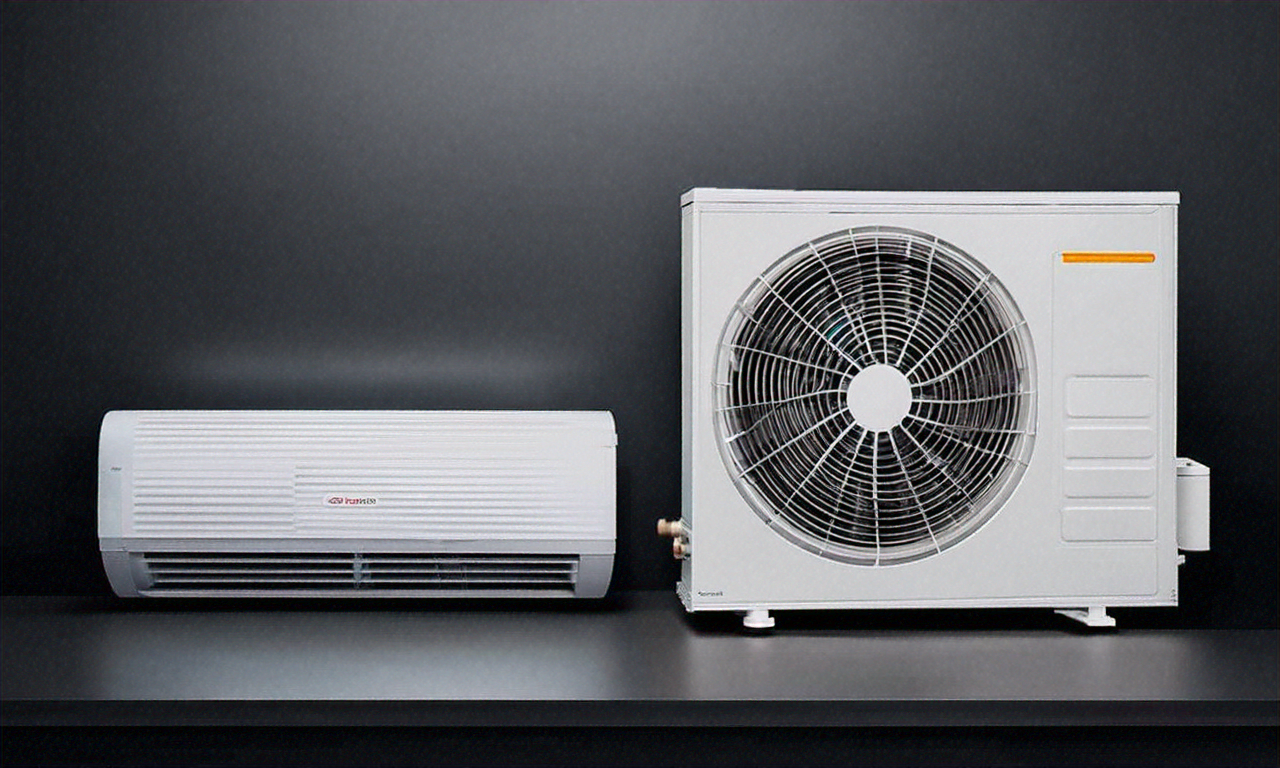Air Conditioning: A Comprehensive Guide to Cooling Your Home
Air conditioning has become an essential part of modern living, providing comfort and relief from sweltering temperatures. Whether you're looking to install a new system or upgrade an existing one, understanding the various options and technologies available can help you make an informed decision. This article will explore different types of air conditioning systems, their benefits, and considerations for choosing the right one for your home.

The main components of an air conditioner include:
-
Evaporator: Absorbs heat from indoor air
-
Compressor: Pressurizes the refrigerant
-
Condenser: Releases heat outside
-
Expansion valve: Regulates refrigerant flow
As warm air passes over the evaporator coils, the refrigerant absorbs the heat, cooling the air before it’s circulated back into your home. This process continues until the desired temperature is reached.
What are the benefits of ductless air conditioning?
Ductless air conditioning, also known as a mini-split system, has gained popularity in recent years due to its flexibility and efficiency. Unlike traditional central air systems that rely on ductwork, ductless units consist of an outdoor compressor connected to one or more indoor units via refrigerant lines.
Key benefits of ductless air conditioning include:
-
Energy efficiency: Without ductwork, there’s less energy loss, resulting in lower utility bills.
-
Zoned cooling: Individual indoor units allow for customized temperature control in different rooms.
-
Easy installation: No need for extensive ductwork, making it ideal for older homes or additions.
-
Improved air quality: Fewer places for dust and allergens to accumulate compared to ducted systems.
-
Quiet operation: Indoor units are typically quieter than traditional HVAC systems.
How does a mini-split system enhance home cooling?
A mini-split system offers several advantages for home cooling, making it an attractive option for many homeowners. These systems consist of an outdoor compressor unit connected to one or more indoor air-handling units, providing targeted cooling to specific areas of your home.
Some ways mini-split systems enhance home cooling include:
-
Flexibility: Indoor units can be mounted on walls, ceilings, or floors, allowing for optimal placement.
-
Space-saving: Compact design takes up less space than traditional HVAC systems.
-
Energy efficiency: SEER ratings (Seasonal Energy Efficiency Ratio) are often higher than central air systems.
-
Year-round comfort: Many mini-split systems also offer heating capabilities.
-
Easy maintenance: Filters are easily accessible for regular cleaning.
What factors should you consider when choosing an indoor unit?
Selecting the right indoor unit for your ductless air conditioning system is crucial for optimal performance and comfort. Several factors should be taken into account when making your decision:
-
Room size: Ensure the unit’s capacity matches the square footage of the space.
-
Mounting options: Consider wall, ceiling, or floor-mounted units based on your room’s layout.
-
Noise levels: Look for units with low decibel ratings for quieter operation.
-
Energy efficiency: Check the SEER rating to gauge potential energy savings.
-
Features: Consider additional functions like air purification, humidity control, or smart home integration.
-
Aesthetics: Choose a design that complements your home’s interior.
How can you maximize the efficiency of your air conditioning system?
To get the most out of your air conditioning system and reduce energy costs, consider implementing these efficiency-boosting strategies:
-
Regular maintenance: Clean or replace filters monthly and schedule professional tune-ups annually.
-
Proper insulation: Ensure your home is well-insulated to prevent cool air from escaping.
-
Programmable thermostats: Set temperatures higher when you’re away or sleeping to save energy.
-
Ceiling fans: Use fans in conjunction with your AC to improve air circulation and comfort.
-
Shade management: Close curtains or blinds during the hottest parts of the day to reduce heat gain.
-
Seal air leaks: Check for and seal any gaps around windows, doors, or ductwork.
What are the latest trends in air conditioning technology?
The air conditioning industry continues to evolve, with new technologies focusing on improved efficiency, sustainability, and user experience. Some of the latest trends include:
-
Smart AC systems: Wi-Fi-enabled units that can be controlled via smartphone apps or voice assistants.
-
Variable-speed compressors: Adjusts cooling output based on demand, improving efficiency and comfort.
-
Eco-friendly refrigerants: New refrigerants with lower global warming potential are being developed and implemented.
-
Solar-powered AC: Systems that harness solar energy to reduce reliance on the electrical grid.
-
Geothermal heat pumps: Utilizes the earth’s constant temperature for more efficient heating and cooling.
-
Air purification technologies: Advanced filtration systems that remove pollutants and allergens from indoor air.
By understanding the various aspects of air conditioning systems, from ductless options to energy-saving techniques, you can make an informed decision when it comes to cooling your home. Whether you opt for a traditional central air system or a modern mini-split solution, prioritizing efficiency and proper maintenance will ensure optimal comfort and performance for years to come.






